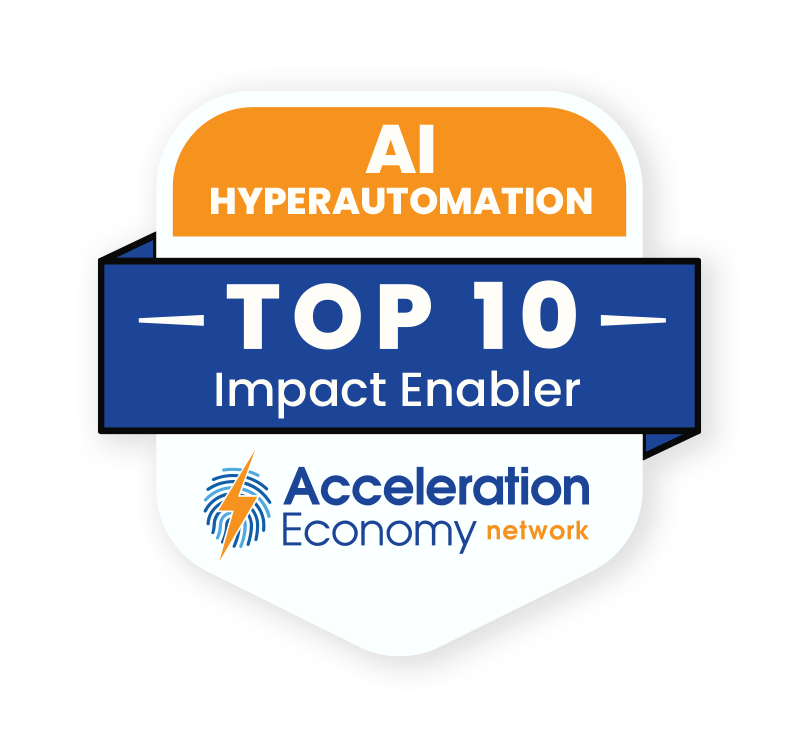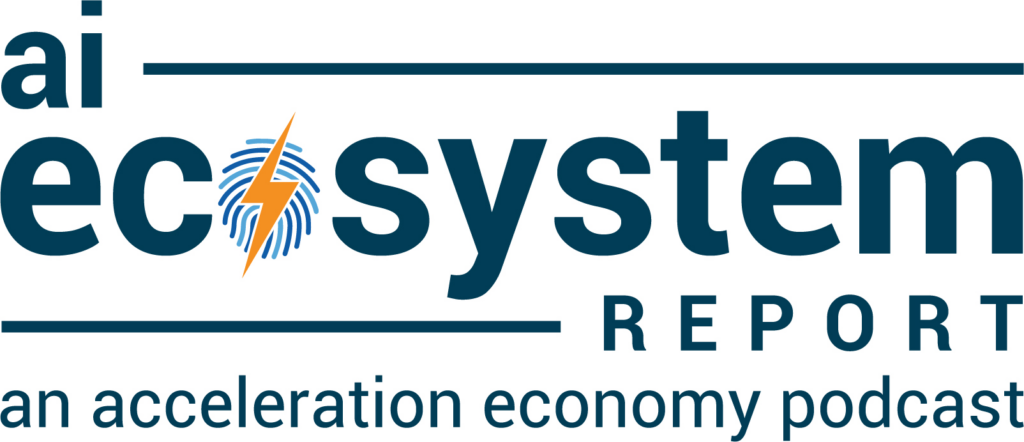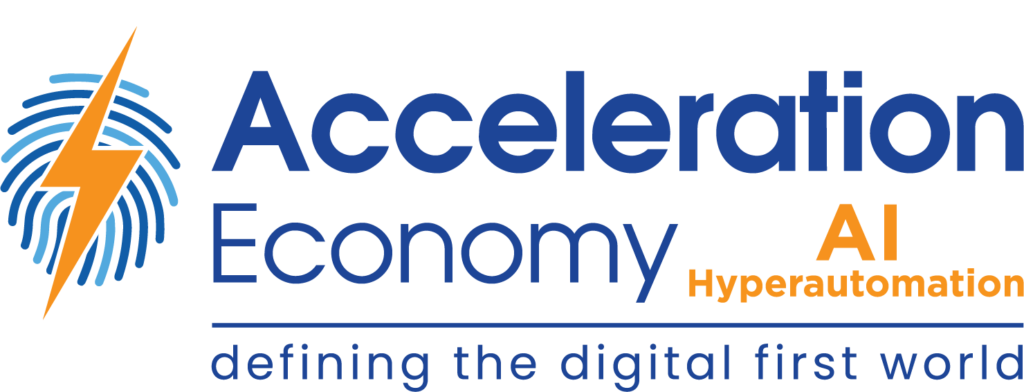As a professional with technical expertise, I understand how complicated artificial intelligence (AI) is and the different types of AI systems that are being created. But I also know how important it is to explain technical concepts to people who don’t understand them. One idea that has gotten a lot of attention lately is explainable AI.
Many people are aware of how powerful AI is and how it can be used to automate decision-making processes, but they are also worried about how these systems don’t have enough transparency and responsibility. This is where explainable AI comes in: it provides clarity into why AI systems make the choices they do. In this analysis, I’ll explore what explainable AI is and how businesspeople can better understand it.
What is Explainable AI?
Explainable AI refers to an AI system that gives clear explanations for the choices it makes; it’s different from a “black box” system because you can open it up and see how decisions are made. This is important because it helps people understand how technology works and how it makes choices.
I think explainable AI is vital for a number of reasons. First, it builds consumer and stakeholder trust. Transparency is crucial when organizations utilize AI systems to make decisions that impact people’s lives. We can establish trust and confidence in decision-making by providing transparent explanations.
Explainable AI also finds system faults. When there’s visibility into how decisions are made, we can spot patterns and biases. This enables us to fix issues and assure fairness. It can also address ethical AI challenges. To ensure responsible and ethical usage of AI as technology becomes more widespread in our lives, regulation and monitoring are needed. Explainable AI can provide transparency and responsibility for ethical decision-making.

Which companies are the most important vendors in AI and hyperautomation? Check out the Acceleration Economy AI/Hyperautomation Top 10 Shortlist.
Applying Explainable AI to the Business
It can be hard to explain technical ideas to people who are not technical and the same applies to AI. But here are some suggestions that can help to explain explainable AI to your business:
- Start with the basics: Describe the concept of AI and the ways in which it is utilized in the corporate world. From there, you can introduce the concept of explainable AI as a type of artificial intelligence that is open to scrutiny and is able to provide concise justifications for the judgments it makes.
- Use real-world examples: Give some examples from the real world of how explainable AI can be employed in a variety of different fields of work. For instance, explainable AI can be utilized in the field of healthcare to perform data analysis on patients and provide comprehensible justifications for the diagnoses and treatment suggestions that are made.
- Emphasize the technical aspects: It is essential to place a strong emphasis on the more technical components of explainable AI. For instance, describe how the system operates and how it justifies the choices that it makes. When appropriate, use technical terminology and jargon, but be sure to explain what terms mean in plain English.
- Collaborate with business experts: Finally, it is essential to work together with professionals in the business world to ensure that you are conveying the benefits of explainable AI in a manner that is useful to the audience. Collaborate with one another to determine whether particular use cases and applications of explainable AI are in line with the goals and objectives of the business.
These are just a few ideas that can help organizations become more involved with AI-based technologies and better understand the decisions that such tools are making.
Principles of Explainable AI
It’s not too difficult to create an AI-based tool these days; what’s more challenging is doing justice to the system’s inner workings and the judgments it makes. As a result, the US Department of Commerce’s National Institute of Standards and Technology (NIST) has established four foundational principles of explainable AI that businesses can use. These are the principles:
- Explanation: A system delivers or contains accompanying evidence or reason(s) for outputs and/or processes.
- Meaningful: A system provides explanations that are understandable to the intended consumer(s)
- Explanation Accuracy: An explanation correctly reflects the reason for generating the output and/or accurately reflects the system’s process.
- Knowledge Limits: A system only operates under the conditions for which it was designed and when it reaches sufficient confidence in its output.
While these core principles may or may not be an exact fit for your business, they do give a framework that can be used to handle the various components of an explainable system. This framework may require the addition of more layers to become aligned with the requirements of your firm.
Final Thoughts
Explainable AI is a significant advancement in the field of artificial intelligence. As experts in the field of technology, it is essential for us to have a solid understanding of what it is and how it can help our companies.
As we’ve seen above, there are a variety of methods for building and evaluating explainable AI, but the primary goal of explainable AI is still the same: To improve the capacity of systems to generate a convincing explanation. Therefore, for the community to be successful in this endeavor, there’s a need to evaluate AI systems against the principles defined by NIST, or another approach, that can work for your organization.
More Explainable AI Insights:
- How to Make AI Explainable and Unlock Synergy with Humans
- Why Generative AI’s Impact Makes Ethical and Explainable AI So Vital
- Why Articial Intelligence Must Be Ethical and Explainable
Looking for real-world insights into artificial intelligence and hyperautomation? Subscribe to the AI and Hyperautomation channel:









